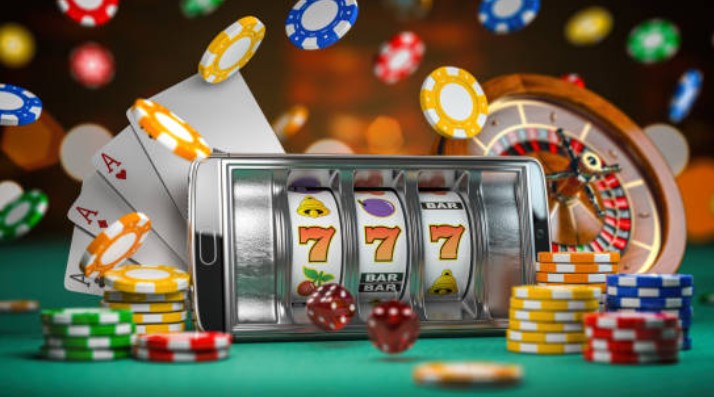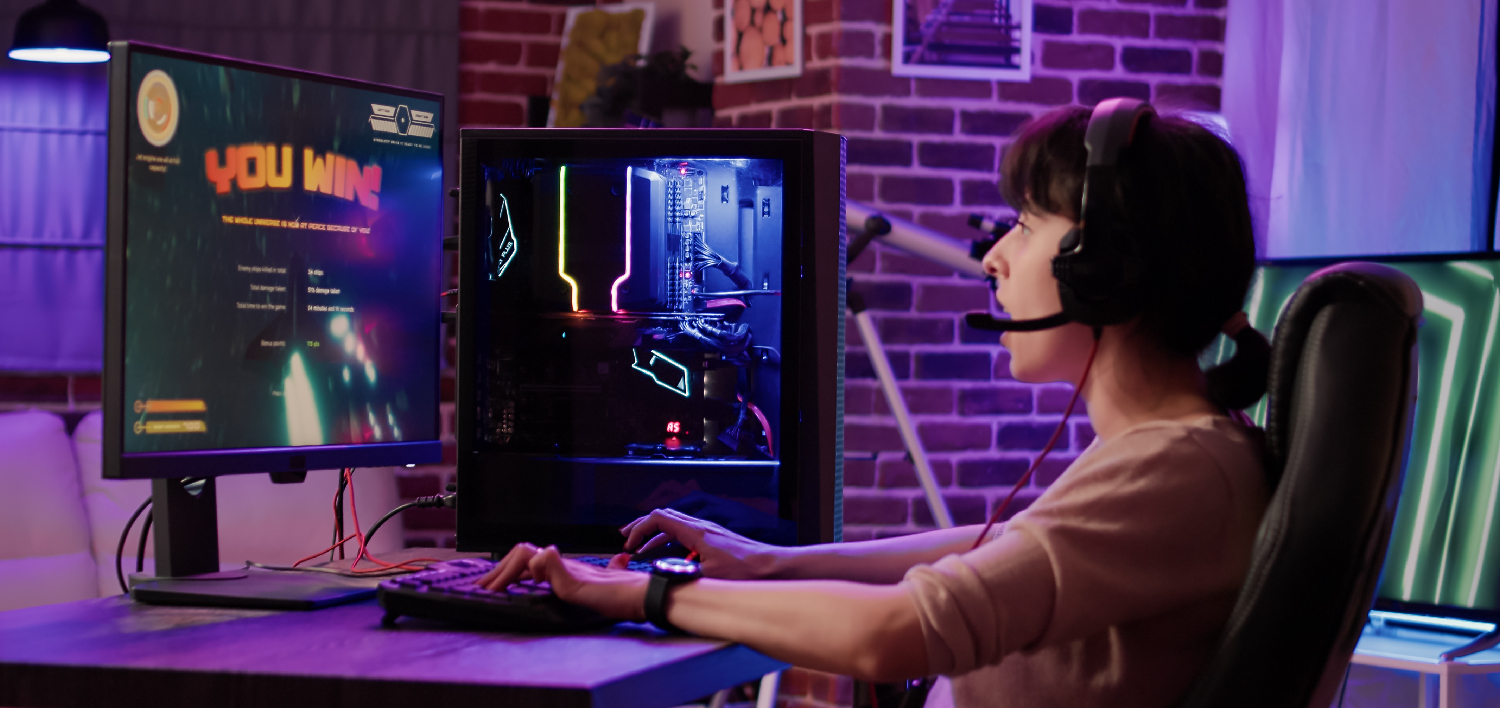How Do I Install Clone Hero on My Device?

Clone Hero isn’t just a game—it’s a rhythm revolution. Whether you’re reliving the glory days of Guitar Hero or just getting into music-based gaming, this fan-made title turns your keyboard, gamepad, or even actual guitar controller into a stage-shredding experience. But before diving into the beat, there’s one thing standing in your way: installing it.
This guide walks through Clone Hero installation for Windows, macOS, Linux, and even Android, without technical jargon or unnecessary steps. Just straight-up instructions with some insider tips to make your setup smooth and frustration-free.
Getting to Know Clone Hero
Unlike other rhythm games locked behind consoles or price tags, Clone Hero is completely free and highly customizable. It supports:
- Custom songs (lots of them)
- Multiple platforms (Windows, Mac, Linux, Android)
- USB guitar controllers (Xbox, PlayStation)
- Multiplayer support
- Visual themes and mods
The game itself doesn’t come bundled with music. That’s by design. The community thrives on sharing custom setlists, adding new tracks, and remixing old favorites.
But first—let’s get it installed.
Downloading Clone Hero Safely
Start by downloading Clone Hero from the official website:
That’s your go-to destination. Don’t trust third-party sources or sketchy mirrors. The official site always has the latest version, free from malware or outdated files.
Once you’re on the homepage:
- Click the Download button at the top.
- Choose the right version based on your operating system.
Available versions include:
- Windows (.zip file)
- macOS (.dmg or .zip)
- Linux (.tar.gz)
- Android (.apk)
Let’s walk through each platform.
Installation on Windows
The Windows setup is the simplest and most common.
Step 1: Extract the Zip File
After downloading, you’ll receive a file like CloneHero_v1.0.zip.
- Right-click it.
- Choose Extract All or use a tool like WinRAR or 7-Zip.
Extract it to a location like C:\Games\CloneHero (optional, but tidy).
Step 2: Run the Game
Inside the folder, find Clone Hero.exe.
- Double-click to launch.
- Allow Windows Firewall access if prompted.
- Choose your default language and configure your game settings.
No installation wizard needed—it’s fully portable.
Installation on Linux
Linux users can enjoy Clone Hero, too, with just a bit more effort.
Step 1: Extract the Tar File
After downloading the .tar.gz file:
bash
CopyEdit
tar -xzf CloneHero.tar.gz
cd CloneHero
Step 2: Run the Game
Clone Hero uses Unity, so just run the binary:
bash
CopyEdit
./CloneHero.x86_64
Make sure you have the correct permissions:
bash
CopyEdit
chmod +x CloneHero.x86_64
Most modern distros (Ubuntu, Fedora, Arch) handle it without issues. You might need additional Mono or OpenAL libraries depending on your setup.
Installation on Android
Yes, Clone Hero works on Android—but it’s still in experimental mode.
Step 1: Download the APK
On the official site, grab the .apk file.
- Enable Install from Unknown Sources in your device settings.
- Install the APK by tapping on the file.
Step 2: Connect a Controller
The game is best played with a Bluetooth or USB controller. Touch support is limited and awkward for rhythm gameplay.
Use OTG cables for wired Xbox/PS controllers, or connect wireless ones via Bluetooth.
Expect occasional bugs—Android support isn’t the main focus of development, but it works surprisingly well.
Setting Up Songs in Clone Hero
Installation is only half the battle. Clone Hero needs songs to function.
Step 1: Create a Songs Folder
In your Clone Hero directory:
- Make a folder called Songs.
Inside that folder, add subfolders for each song or setlist.
Example:
swift
CopyEdit
/CloneHero/Songs/
├── Foo_Fighters_Everlong/
├── Metal_Setlist/
├── Custom_Tracks/
Each subfolder should contain .chart or .mid files and corresponding .ogg audio.
Step 2: Download Songs
Visit trusted sources like:
- Chorus
- Setlist Central
- Reddit’s Clone Hero community
Be cautious of copyright infringement—many songs are fan-created or covers.
Step 3: Scan Songs in Game
Once songs are placed:
- Launch Clone Hero.
- Go to Settings → Scan Songs.
- Let the game detect your tracks.
You’re ready to rock.
Controller Setup
One of the most exciting parts of Clone Hero is using a real guitar controller.
Supported Controllers:
- Xbox 360 / Xbox One wired and wireless guitars
- PS2 guitars (with USB adapters)
- PS3 guitars (limited support)
- Generic USB gamepads
- Keyboard and mouse
Connecting Your Controller:
- Plug in your controller before launching the game.
- Go to Settings → Controls to bind buttons.
- Test strum, fret, and tilt options.
For Xbox guitars, drivers usually install automatically. For PS2 or Wii guitars, consider using tools like vJoy, Guitar Hero Live Adapter, or XInput Wrapper.
Audio and Video Tweaks
Clone Hero offers a surprising amount of customization.
Tips for Smooth Performance:
- Set resolution to native screen size.
- Enable V-Sync for visual stability.
- Adjust audio latency if you notice input delay.
In Settings → Gameplay, you can also change:
- Highway speed
- Note colors
- Star power visuals
Create your perfect rhythm game aesthetic.
Multiplayer and Streaming
Looking to rock out with friends?
Clone Hero allows local multiplayer with multiple controllers. Up to four players can compete or co-op on the same screen.
For streaming:
- Use OBS Studio.
- Capture Clone Hero as a Game Source.
- Enable Streamer Mode to hide personal info or disable inappropriate content in songs.
Common Issues and Fixes
Game Won’t Launch:
- Re-download the latest version.
- Ensure your system meets requirements (especially on older Macs and Linux).
Songs Don’t Show Up:
- Make sure folders are organized correctly.
- Perform a manual Scan Songs in settings.
Controller Not Detected:
- Restart Clone Hero after plugging in.
- Try rebinding controls manually in Settings → Controls.
Conclusion
Clone Hero brings music gaming back to life, one epic solo at a time. Installation might seem intimidating at first, especially across different platforms, but once you get past that hurdle, you’re in for endless hours of fun.
From classic rock to metal, indie, anime themes, and everything in between—your playlist is yours to build. And with the community constantly updating charts and mods, there’s always something new to try.



